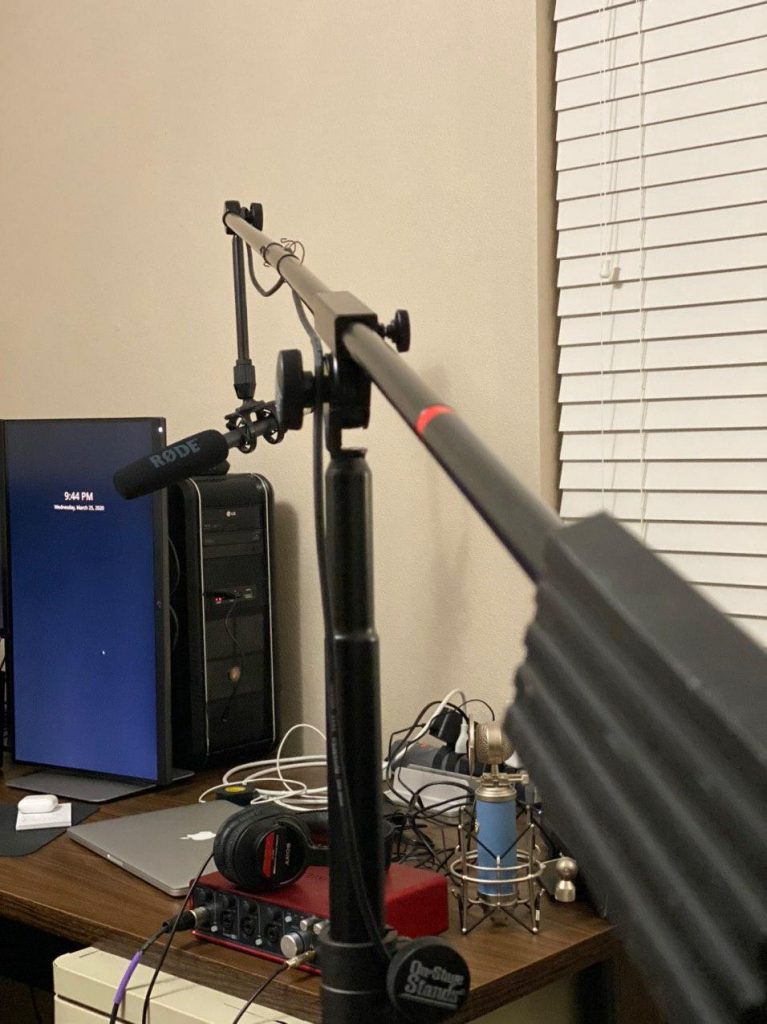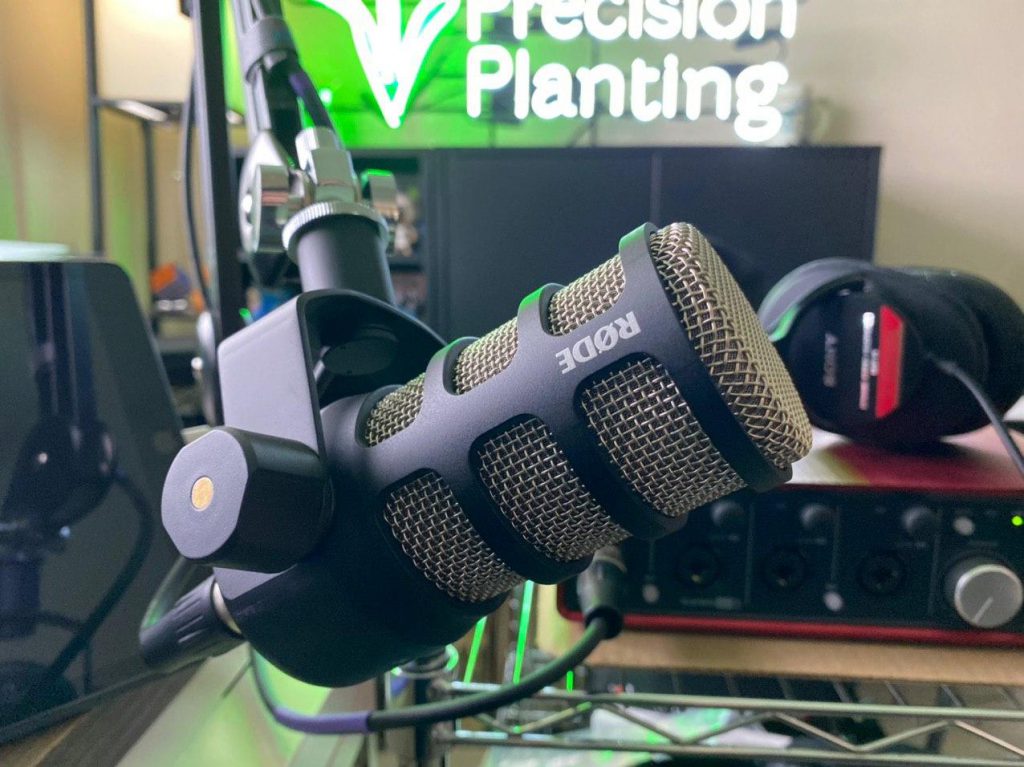Improving My Zoom Audio Qualtiy
Zoom: The New Normal
In mid-March, as the COVID-19 pandemic began to affect daily life, many companies (including the one I work for) began having all employees work from home that could with reasonable efficiency. For me, this meant taking what is a fairly social job (of the 8-9 hours I’m at work a day, 1-2 hours tend to be impromptu or scheduled conversations) and moving it almost 100% online. Fun…
Thankfully, we already use Slack at work heavily in the software department, and so transitioning to using it almost exclusively wasn’t much of a problem. What did take some getting used to, for me at least, was using Zoom. Prior to mid-March I had used Zoom all of 2-3 times. Now, I have 2-3 work Zoom chats a week, 1 church-related Zoom chat, and 2-3 family Zoom chats. I quickly adapted to using the tool itself, but about a week into it I realized that the audio quality of the built-in mic I was using was a bit rubbish (I’ve chosen to use my old MacBook Pro for conferencing, as it has the best web cam of any computer I own, even though it’s 8 years old).
Initial Mic Improvements
Now, I’ve dabbled in audio and video production off and on for about 12 years at this point, so I had some equipment lying around the house that I could use to improve things. My first attempt was using a gen 1 Focusrite Scarlett 18i8 as the input to my MBP, and a Blue enCore 100 dynamic mic (SM58 equivalent) that I had lying around. That worked in that I could hear myself, but it wasn’t great, and my mic stands didn’t accommodate using that comfortably while in a video conference.
My next try was replacing the enCore 100 with a Blue Bluebird SL condenser mic. This microphone is (frankly) gorgeous to look at, and has a nice sound. However, I ran into the same issue with it as I did with the enCore: none of my mic stands worked well with it when video conferencing (my setup was geared around voice-over work for that mic). And so, it was time to get creative.
I happened to remember that I had a Rode NTG2 shotgun mic in a drawer that was from the time period when I was shooting videos for the church I was attending previously. It sounds relatively good, but being a shotgun mic, has specific positioning that makes it work well. Luckily, I also happened to still have the (freakishly) large stand that I bought at the same time, which allowed me position the mic above the frame of the shot I was capturing. And so, as ridiculous as it looked, I set up the full boom stand + NTG2 in my home office. At last, I had decent audio! Except…
The Next Step
I have a few computers in my home office, and between them and the desktop power supplies I am often working with when bringing up/testing embedded projects, there is a lot of background noise. So I spent a few hours (very) early one morning figuring out how to do post-processing on the audio before sending it to Zoom (via Software). The whole setup I was and am using is an entire blog post in and of itself, so I won’t go into the details here.
And with that, I finally had what I was striving for: non-rubbish audio for my Zoom chats! And that’s what I ran with for about a month. But in the back of my mind, I knew that I could still improve on my setup, and the boom stand was taking up WAY too much space…
The Final Solution
So, two weeks ago, I ordered a Rode PSA1 (professional studio boom arm), plus a Rode PodMic (cardioid dynamic broadcast microphone). And, at last, I have a setup that I’m relatively happy with. The boom arm slides out of the way when I don’t need it. The mic sounds great, almost as good as my Bluebird (though not quite) from extremely basic tests (I’m sure the Bluebird would prove much better with additional testing; I haven’t done much of a comparison personally). Yes, it does look a little over-the-top. But that doesn’t bother me, frankly. I sound good to others, and to myself when I care to check on it.
And thus ends my Zoom audio improvement saga… that is, until I get around to replacing the Focusrite…
I’m publishing this as part of 100 Days To Offload (Day 5/100). You can join in yourself by visiting https://100DaysToOffload.com.
Author’s Note: The links in this article are provided solely to improve the reader’s ability to see what I’m discussing and to look at the specs. I do not receive any financial benefit from them.

